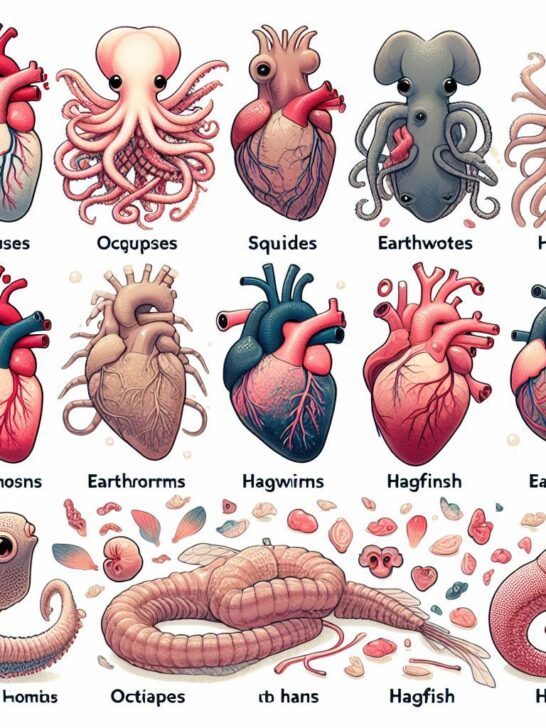Animals are fascinating creatures with diverse biological adaptations. While many have a single heart pumping life-sustaining blood throughout their bodies, some species have evolved with multiple hearts. These remarkable creatures showcase the marvels of evolution and offer unique insights into physiological diversity. Let’s delve into the intriguing world of animals with multiple hearts.
Post Contents
1) Octopus: 3 Hearts
- Scientific Name: Octopoda
- Number of Hearts: 3
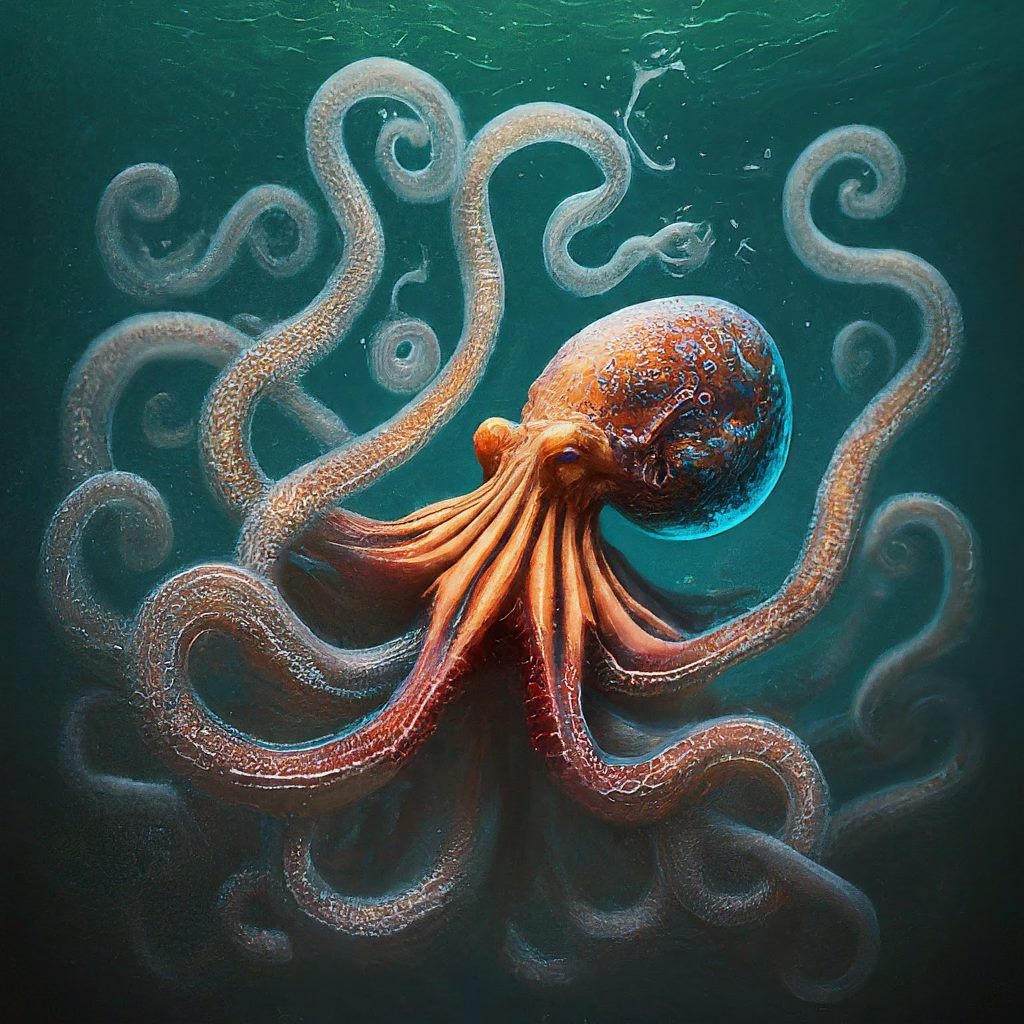
The octopus, scientifically known as Octopoda, is a fascinating marine creature renowned for its intelligence and unique anatomy, including its multiple hearts. With a total of three hearts, the octopus possesses a remarkable circulatory system that contributes to its survival in diverse aquatic environments.
Anatomy and Circulatory System
The octopus has three hearts: two peripheral hearts located in its gills and a central heart situated in its body. These hearts work in tandem to pump oxygen-rich blood throughout the octopus’s body, ensuring efficient oxygenation of its organs and muscles.
The two branchial hearts, positioned at the base of the gills, pump deoxygenated blood collected from the body’s various tissues to the gills for oxygenation. Once oxygenated, the blood is then distributed throughout the body by the central heart, which serves the octopus’s systemic circulation.
Adaptations and Functionality
The presence of multiple hearts in octopuses offers several advantages. By having dedicated branchial hearts for oxygenation, the octopus can maintain a constant supply of oxygenated blood to its organs and tissues, even during periods of increased activity or environmental stress. This efficient circulatory system enables octopuses to thrive in diverse habitats, from shallow coastal waters to the deep ocean depths.
Additionally, the decentralized nature of the octopus’s circulatory system allows for redundancy and resilience. In the event of injury or dysfunction in one heart, the remaining hearts can compensate, ensuring uninterrupted blood flow and vital oxygen delivery throughout the octopus’s body.
Adaptation to Environment
The unique circulatory system of the octopus reflects its adaptation to life in the marine environment. With its ability to regulate blood flow and oxygen delivery effectively, the octopus can navigate complex underwater terrain, hunt prey with precision, and evade predators with agility. This adaptation underscores the remarkable evolutionary success of the octopus as a highly specialized marine predator.
2) Cockroach: 13 Hearts
- Scientific Name: Blattidae
- Number of Hearts: 13
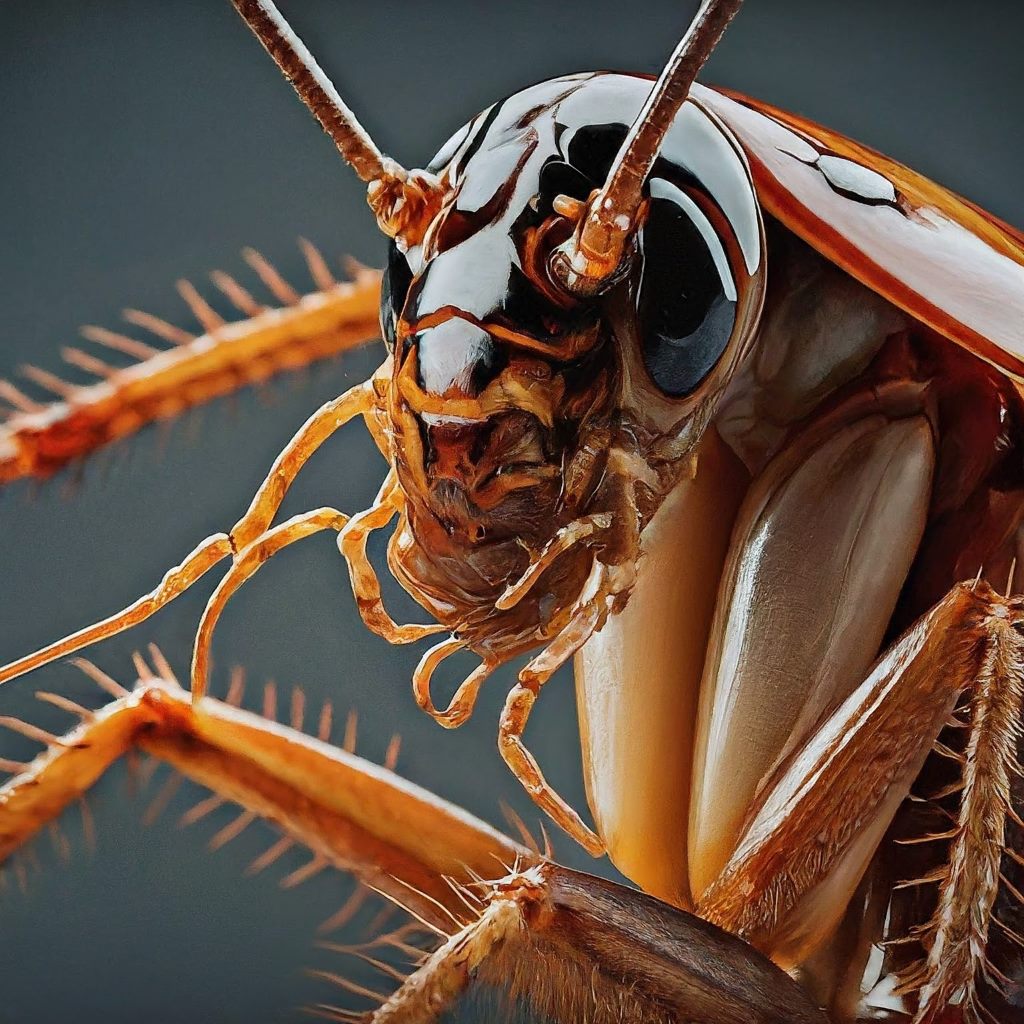
The cockroach, belonging to the scientific family Blattidae, is a resilient and adaptable insect known for its ability to survive in various environments, including urban settings. One of the cockroach’s remarkable anatomical features is its extensive circulatory system, which includes a 13-chambered heart.
Anatomy and Circulatory System
The cockroach’s heart is long, thick, and muscular, consisting of 13 chambers arranged sequentially. Each chamber serves as a pump for circulating hemolymph, the insect equivalent of blood, throughout the cockroach’s body. The heart is situated in the pericardial sinus within the hemocoel, the cockroach’s open circulatory system.
Functionality and Adaptations
The cockroach’s 13-chambered heart plays a crucial role in facilitating hemolymph circulation, delivering nutrients, and removing waste products from the insect’s tissues. The heart rhythmically contracts and relaxes, propelling hemolymph through the insect’s body via a series of valves and ostia, small openings in the heart wall.
Adaptation to Environment
The cockroach’s extensive circulatory system and multi-chambered heart contribute to its resilience and adaptability in various environments. This efficient circulatory system enables the cockroach to withstand environmental stressors, such as fluctuations in temperature, humidity, and food availability, thereby enhancing its survival in diverse habitats.
3) Hagfish: 4 Hearts
- Scientific Name: Myxini
- Number of Hearts: 4
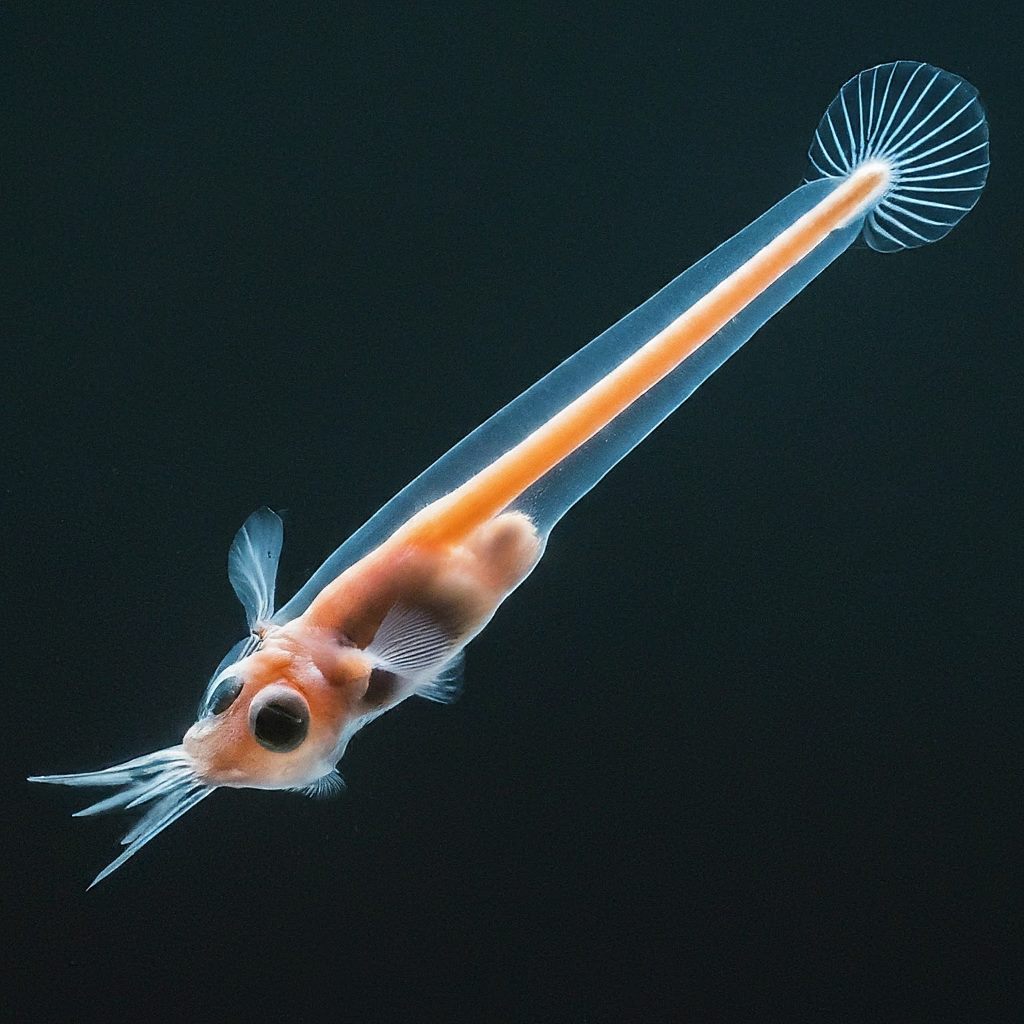
The hagfish, belonging to the scientific class Myxini, is a primitive and fascinating marine creature known for its unique anatomy and behavior. Among its distinctive features is its possession of four hearts, a rare trait among vertebrates.
Anatomy and Circulatory System
The hagfish’s circulatory system includes four hearts, each serving a specific function in pumping blood throughout the animal’s body. These hearts are arranged sequentially along the hagfish’s body, contributing to its efficient circulation and oxygenation.
Functionality and Adaptations
Each of the hagfish’s four hearts plays a vital role in maintaining circulation and oxygen delivery to its tissues. The sequential arrangement of the hearts ensures a continuous flow of oxygenated blood throughout the hagfish’s body, supporting its metabolic needs and physiological functions.
Adaptation to Environment
The hagfish’s possession of four hearts reflects its adaptation to life in the deep ocean, where environmental conditions can be challenging. By having multiple hearts, the hagfish can maintain circulation and oxygenation even in low-oxygen environments, enabling it to thrive in the depths where other marine species may struggle.
4) Earthworms: 5 Pair Hearts
- Scientific Name: Opisthopora
- Earthworms (5 aortic arches, sometimes referred to as “hearts”)
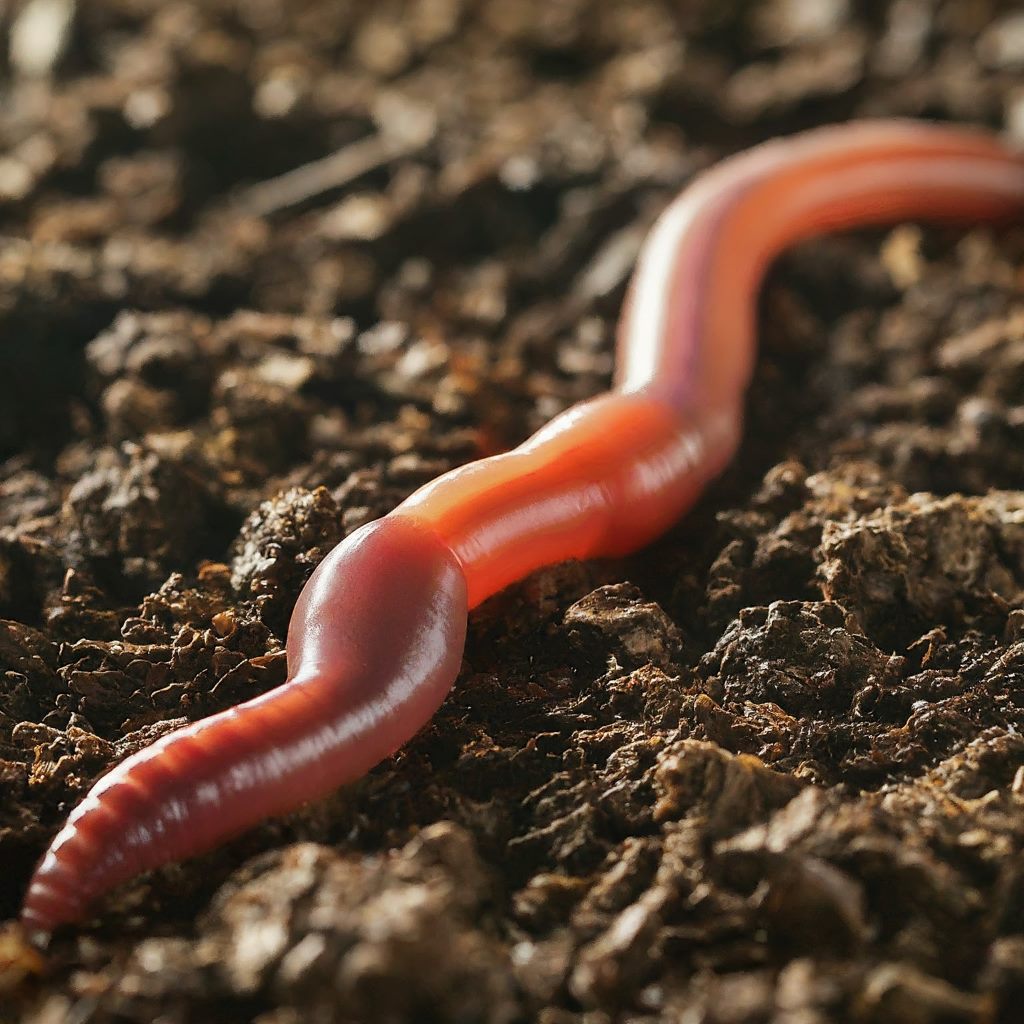
Earthworms, belonging to the scientific genus Opisthopora, are ubiquitous soil-dwelling organisms known for their ecological importance and unique physiology. Among their remarkable anatomical features is their possession of multiple hearts, typically numbering five pairs.
Anatomy and Circulatory System
Earthworms possess a segmented body with multiple hearts located along the length of their body. Each segment contains a pair of hearts, with the total number varying depending on the species. These hearts pump blood through the earthworm’s circulatory system, facilitating nutrient transport and waste removal.
Functionality and Adaptations
The earthworm’s multiple hearts play a crucial role in maintaining circulation and oxygenation throughout its body. By having distributed hearts along its segmented body, the earthworm can efficiently circulate hemolymph and nutrients to all tissues, supporting its metabolic needs and physiological functions.
Adaptation to Environment
The earthworm’s possession of multiple hearts reflects its adaptation to life in soil habitats, where oxygen availability and nutrient distribution can vary. By having distributed hearts, the earthworm can effectively regulate circulation and oxygenation, enabling it to thrive in diverse soil conditions and ecological niches.
5) Squid: 3 Hearts
- Scientific Name: Decapodiformes
- Number of Hearts: 3
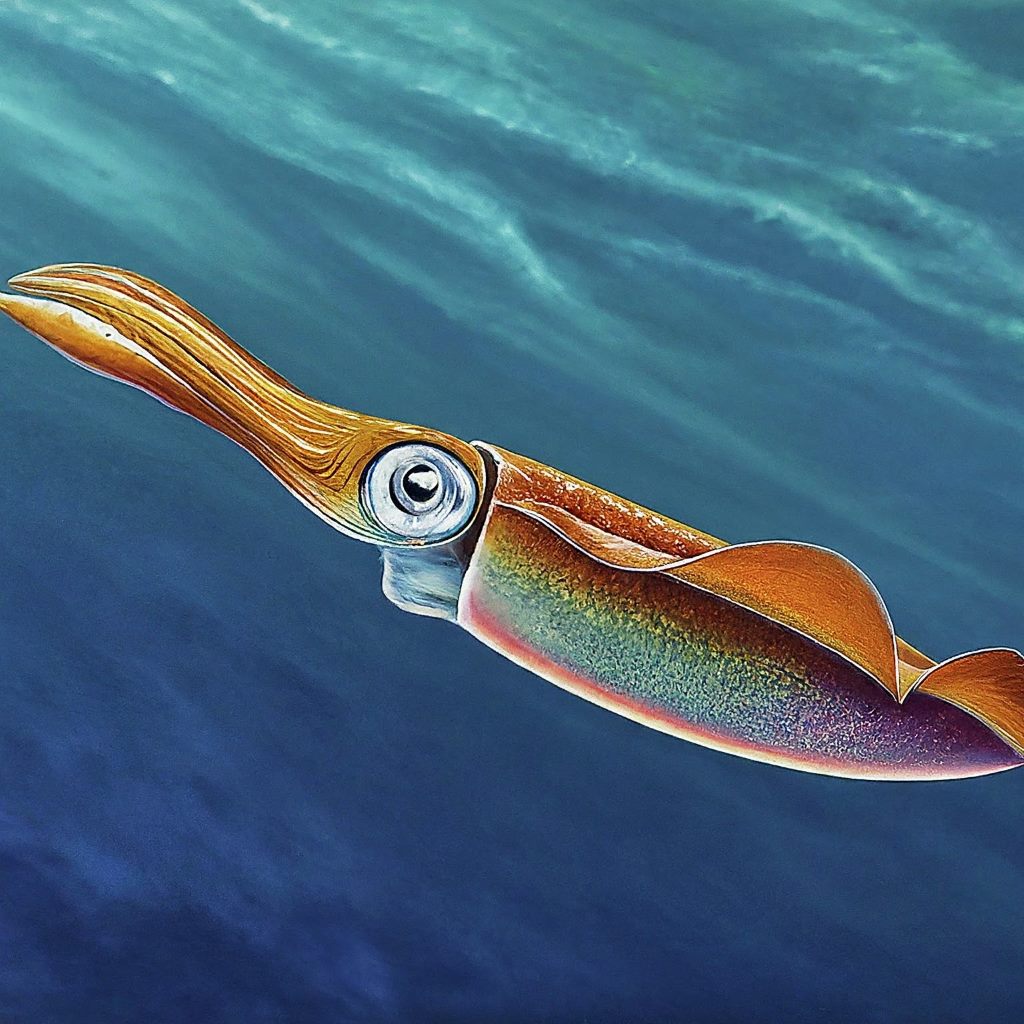
The squid, belonging to the scientific order Decapodiformes, is a fascinating marine mollusk known for its agility, intelligence, and unique anatomy. Among its distinctive features is its possession of three hearts, a remarkable adaptation for life in the ocean.
Anatomy and Circulatory System
The squid’s circulatory system includes three hearts: two branchial hearts and one systemic heart. The branchial hearts, located at the base of the gills, pump deoxygenated blood to the gills for oxygenation. The systemic heart then distributes oxygenated blood to the squid’s body tissues, ensuring efficient oxygen delivery.
Functionality and Adaptations
The squid’s three hearts play a crucial role in maintaining circulation and oxygenation throughout its body. By having dedicated branchial hearts for oxygenation, the squid can efficiently extract oxygen from the surrounding water, enabling it to sustain high levels of activity and agility in its marine habitat.
Adaptation to Environment
The squid’s possession of three hearts reflects its adaptation to life in the open ocean, where oxygen availability can vary with depth and environmental conditions. By having multiple hearts, the squid can effectively regulate circulation and oxygenation, enabling it to thrive in diverse oceanic environments.
6) Cuttlefish: 3 Hearts
- Scientific Name: Sepiida
- Number of Hearts: 3
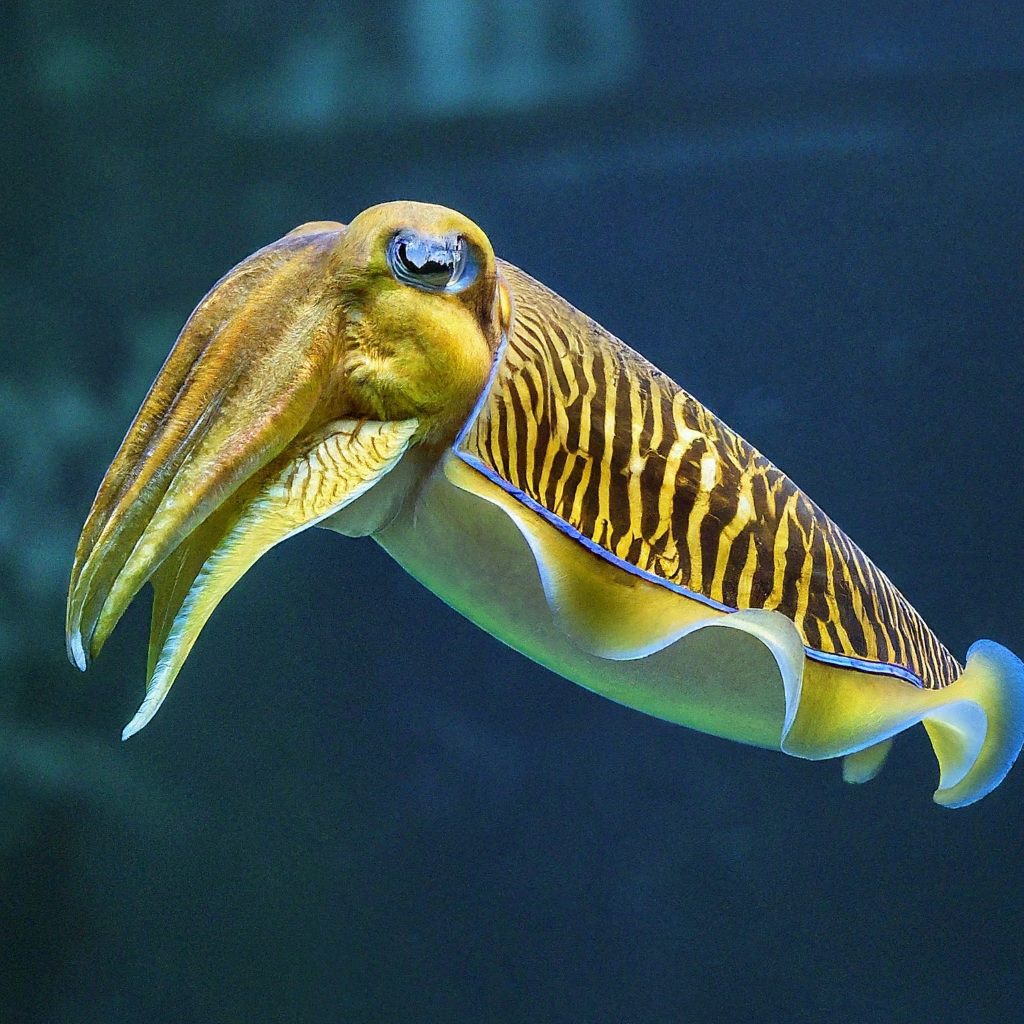
Cuttlefish, scientifically known as Sepiida, are cephalopod mollusks closely related to squids and octopuses. Known for their intelligence, camouflage abilities, and unique anatomy, cuttlefish also possess multiple hearts, contributing to their remarkable physiological adaptations.
Anatomy and Circulatory System
Similar to squids, cuttlefish have three hearts: two branchial hearts and one systemic heart. The branchial hearts, located near the base of the gills, pump deoxygenated blood to the gills for oxygenation. The systemic heart then distributes oxygenated blood to the cuttlefish’s body tissues, ensuring efficient oxygen delivery.
Functionality and Adaptations
The cuttlefish’s three hearts play a vital role in maintaining circulation and oxygenation throughout its body. By having dedicated branchial hearts for oxygenation, the cuttlefish can efficiently extract oxygen from the surrounding water, supporting its high metabolic demands and enabling it to thrive in diverse marine environments.
Adaptation to Environment
The cuttlefish’s possession of three hearts reflects its adaptation to life as an active predator in the ocean. By having multiple hearts, the cuttlefish can sustain high levels of activity, rapid maneuvering, and complex behaviors, contributing to its success as a versatile marine predator.
7) Snails: 3 Hearts Pair
Snails, belonging to the class Gastropoda, are a diverse group of mollusks found in various terrestrial, freshwater, and marine habitats. While most snails possess a single heart, there are exceptions, such as certain freshwater and marine species that have multiple heart chambers.
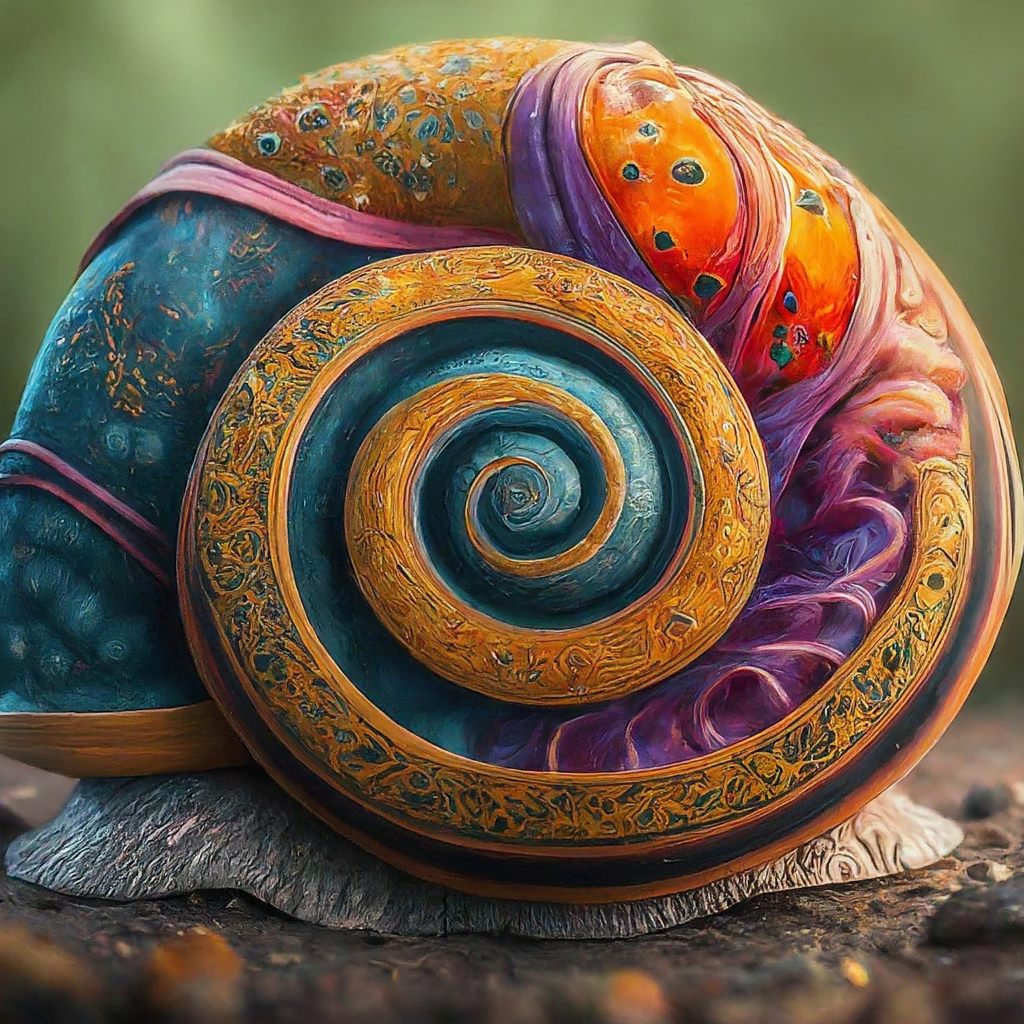
Anatomy and Circulatory System
Most snails have a single heart chamber, consisting of an atrium and a ventricle, responsible for pumping hemolymph throughout the snail’s body. However, some groups of snails have evolved multiple heart chambers, typically consisting of two atria and one ventricle, or vice versa.
Functionality and Adaptations
The presence of multiple heart chambers in certain snails enhances circulatory efficiency and oxygen delivery, particularly in species inhabiting environments with low oxygen levels or high metabolic demands. These adaptations enable snails to thrive in diverse habitats, from stagnant ponds to deep-sea vents.
Adaptation to Environment
The evolution of multiple heart chambers in snails reflects their adaptation to specific environmental conditions, such as low oxygen levels, variable temperatures, and fluctuating water chemistry. By having enhanced circulatory systems, these snails can effectively regulate oxygenation and nutrient transport, enabling them to survive and reproduce in challenging habitats.
8) Barosaurus: 8 Hearts
While not as well-studied as some other animals on this list, paleontological evidence suggests that Barosaurus, a massive herbivorous dinosaur, may have had multiple hearts. Some hypotheses propose that Barosaurus, with its enormous size and unique physiology, may have required multiple hearts to pump blood effectively throughout its massive body. Further research is needed to confirm this speculation and unravel the mysteries of this prehistoric giant.
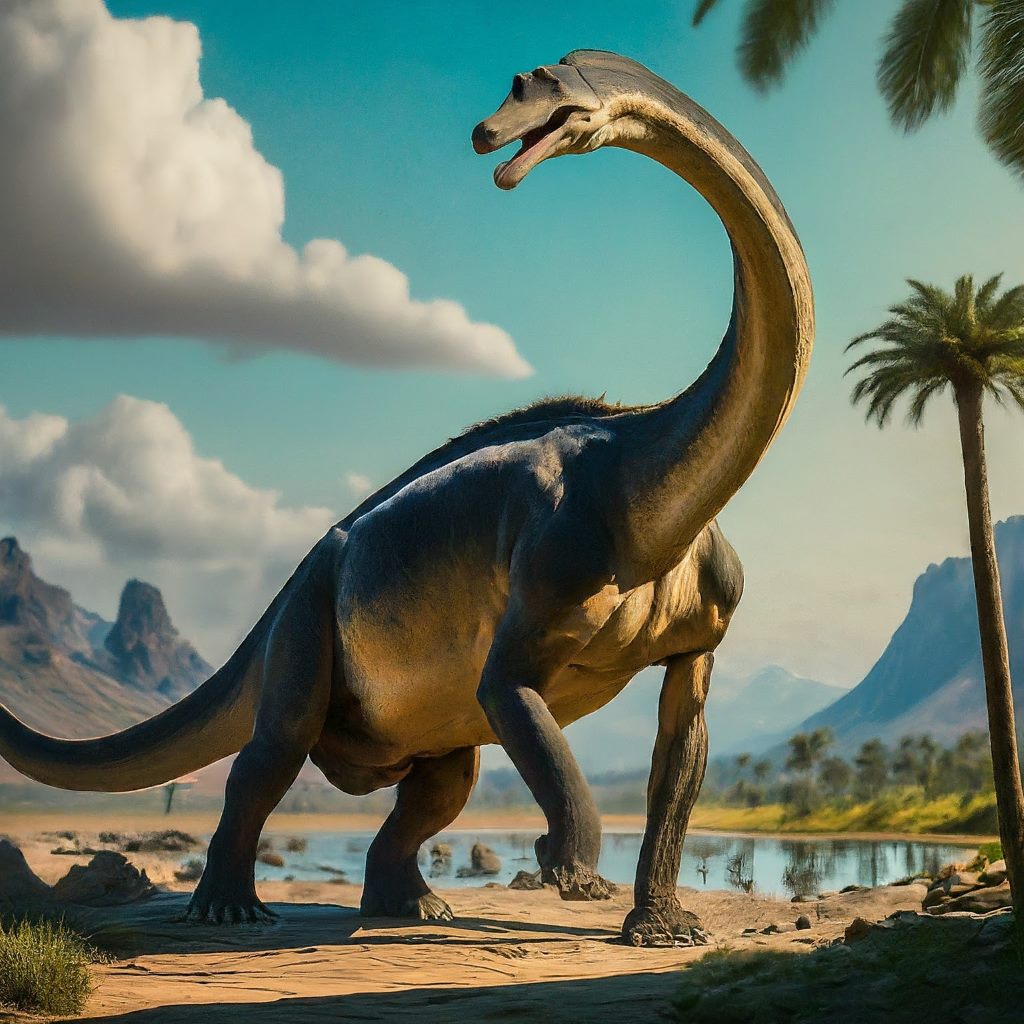
Anatomy and Speculation
Given its enormous size and the physiological challenges associated with pumping blood throughout its body, some scientists hypothesize that Barosaurus may have possessed multiple hearts or a highly specialized circulatory system. However, direct evidence for this speculation is lacking, and further research is needed to confirm such hypotheses.
Functionality and Adaptations
If Barosaurus did indeed have multiple hearts, these organs would have played a crucial role in maintaining circulation and oxygenation throughout its massive body. By efficiently pumping blood to its extremities and vital organs, Barosaurus could have sustained its metabolic needs and supported its immense size.
Adaptation to Environment
The potential presence of multiple hearts in Barosaurus reflects its adaptation to life as a large terrestrial herbivore. By having enhanced circulatory capacity, Barosaurus could have efficiently transported nutrients and oxygen to its tissues, enabling it to thrive in the ancient ecosystems of the Late Jurassic period.
Summary
In conclusion, the diversity of animals with multiple hearts showcases the remarkable adaptability and evolutionary ingenuity of the natural world. From octopuses and cockroaches to hagfish and earthworms, these creatures challenge our understanding of cardiovascular physiology and inspire further exploration into the mysteries of life.
FAQs
- Are there any mammals with multiple hearts? While mammals typically have a single heart, some species, like dolphins and whales, have adaptations in their circulatory systems that enhance oxygen delivery, but they do not possess multiple hearts.
- How do animals with multiple hearts compare to those with a single heart in terms of lifespan? Lifespan varies greatly among different species, and while multiple hearts may confer certain physiological advantages, they are just one factor among many influencing lifespan.
- Can humans benefit from studying animals with multiple hearts? Yes, studying these animals can provide valuable insights into cardiovascular health and inspire novel approaches to medical treatment, although direct application to humans may be limited.
- Do all species of octopuses have three hearts? Most octopus species indeed possess three hearts, but there may be variations in the exact number and arrangement of hearts among different species.
- Are there any conservation concerns related to animals with multiple hearts? While the presence of multiple hearts is not typically a conservation concern itself, understanding the ecological roles of these animals and protecting their habitats are important for biodiversity conservation efforts.

94% of pet owners say their animal pal makes them smile more than once a day. In 2007, I realized that I was made for saving Animals. My father is a Vet, and I think every pet deserves one. I started this blog, “InPetCare”, in 2019 with my father to enlighten a wider audience.
